Home>Furniture & Design>Living Room Furniture>How To Move A Recliner By Yourself


Living Room Furniture
How To Move A Recliner By Yourself
Modified: January 18, 2024
Learn how to move a recliner by yourself with our expert tips. Safely transport your living room furniture and design without any hassle.
(Many of the links in this article redirect to a specific reviewed product. Your purchase of these products through affiliate links helps to generate commission for Storables.com, at no extra cost. Learn more)
Introduction
Moving a recliner by yourself can be a challenging task, but with the right approach and techniques, it's definitely doable. Whether you're rearranging your living room, relocating to a new home, or simply need to clean behind the recliner, knowing how to move it safely and efficiently is essential.
In this guide, we'll walk you through the process of moving a recliner by yourself, providing practical tips and step-by-step instructions to ensure a smooth and hassle-free experience. From assessing the situation to lifting and maneuvering the recliner, we've got you covered.
So, if you're ready to tackle this DIY project and gain the satisfaction of accomplishing it on your own, let's dive into the details and learn how to move a recliner with confidence.
Key Takeaways:
- Moving a recliner by yourself requires assessing the situation, clearing the path, and using proper lifting techniques. Take breaks, prioritize safety, and appreciate your DIY accomplishment.
- Before moving a recliner, assess its size, clear the path, and lift with proper technique. Consider professional movers for larger recliners and use experiences as learning opportunities.
Read more: How To Move A Recliner Chair By Yourself
Assessing the Situation
Before you embark on the task of moving a recliner, it's crucial to assess the situation to ensure a smooth and safe process. Start by evaluating the size and weight of the recliner. Larger, bulkier recliners may require additional assistance or specialized equipment, so it's essential to consider these factors beforehand.
Next, take a close look at the layout of the room and the path you'll need to navigate to move the recliner. Clear any obstacles, such as coffee tables, floor lamps, or decorative items, to create a clear and unobstructed path. This will not only make it easier to maneuver the recliner but also reduce the risk of accidents or damage to the furniture and surrounding objects.
Consider the flooring as well. If you're moving the recliner across carpeted areas, be prepared for some resistance, especially if the recliner is heavy. Hardwood or tiled floors may offer smoother surfaces for movement, but they also require caution to prevent scratching or scuffing.
Additionally, take note of any tight spaces or narrow doorways that you'll need to navigate. Measure the dimensions of these areas and compare them to the size of the recliner to ensure that it can pass through without difficulty. In some cases, you may need to remove the door from its hinges to create more space, or consider alternative routes to avoid tight spots.
Lastly, assess your own physical capabilities and limitations. Moving a recliner can be physically demanding, especially if it's heavy or awkwardly shaped. If you have any concerns about your ability to lift or maneuver the recliner safely, don't hesitate to seek assistance from a friend or family member. It's always better to err on the side of caution and prioritize your well-being.
By carefully assessing these various aspects of the situation, you'll be better prepared to tackle the task of moving the recliner with confidence and efficiency.
Clearing the Path
Once you’ve assessed the situation and are ready to move the recliner, the next step is to clear the path to ensure a smooth and obstacle-free journey. Start by removing any small furniture, such as side tables or ottomans, that may obstruct the path of the recliner. Clearing the surrounding area will provide you with the necessary space to maneuver the recliner without any hindrances.
Take extra care to identify potential tripping hazards, such as loose rugs or electrical cords. Securing these items or removing them from the path will minimize the risk of accidents and ensure a safe environment for both yourself and the recliner.
If the room has any area rugs, consider rolling them up and temporarily relocating them to create a clear and even surface for moving the recliner. This will not only prevent the recliner from getting caught on the edges of the rug but also reduce the effort required to push or pull the furniture.
When dealing with doorways, ensure that they are fully open and unobstructed to accommodate the passage of the recliner. If necessary, remove the door from its hinges to create a wider opening. This will eliminate any potential challenges when navigating the recliner through doorways and tight spaces.
For hardwood or tiled floors, consider using furniture sliders or moving blankets to minimize friction and protect the flooring from scratches. These simple yet effective tools can make a significant difference in the ease of moving the recliner, especially across smooth surfaces.
By taking the time to clear the path and create a safe, unobstructed route, you’ll set the stage for a successful and stress-free movement of the recliner. This proactive approach will not only streamline the process but also minimize the risk of accidents or damage to the furniture and surrounding environment.
When moving a recliner by yourself, make sure to remove any detachable parts, such as the back or legs, to make it lighter and easier to handle. Also, use furniture sliders or a dolly to help with the transportation.
Lifting and Moving the Recliner
When it comes to lifting and moving a recliner, proper technique and caution are essential to ensure a successful and injury-free process. Before you begin, it’s important to mentally map out the route and ensure that all obstacles have been cleared from the path.
Start by positioning yourself on one side of the recliner, ensuring that you have a firm and stable footing. If the recliner has removable cushions, take them off to reduce the overall weight and make it easier to grip the frame. If possible, enlist the help of a friend or family member to provide additional support and assistance.
To lift the recliner, bend at your knees while keeping your back straight, and grip the sides or base of the recliner securely. Avoid bending at the waist, as this can strain your back and increase the risk of injury. Once you have a secure hold, use your leg muscles to lift the recliner off the ground gradually.
Communication is key if you have a partner assisting you. Coordinate your movements and ensure that both of you are lifting and maneuvering the recliner in sync. This will help maintain control and minimize the risk of accidents or mishaps during the lifting process.
As you navigate the recliner through doorways or tight spaces, take it slow and steady. Tilting the recliner slightly can help maneuver it through narrow openings, but be mindful of the angles to prevent scraping or bumping the furniture against the walls or door frames.
If you encounter any unexpected challenges or resistance while moving the recliner, take a moment to reassess the situation and make any necessary adjustments. It’s better to proceed cautiously and address any potential obstacles proactively rather than risking damage to the recliner or the surrounding area.
Once you’ve reached the desired location, gently lower the recliner to the ground, ensuring that it’s positioned exactly where you want it. Take a moment to readjust your grip if needed and lower the recliner carefully to prevent any sudden drops or jolts.
By following these lifting and moving techniques, you can successfully transport the recliner to its new location with confidence and precision. Remember to prioritize safety, communication, and patience throughout the process to ensure a smooth and efficient relocation of the recliner.
Final Thoughts
Moving a recliner by yourself can be a rewarding and empowering experience, allowing you to take control of your living space and accomplish a practical task with your own hands. As you complete the process of moving the recliner, take a moment to appreciate your efforts and the newfound arrangement of your living room.
Remember to take breaks as needed, especially if you’re tackling the task solo. Moving furniture can be physically demanding, so listen to your body and pace yourself to avoid strain or fatigue. Hydration and proper lifting techniques are equally important, so prioritize your well-being throughout the process.
Once the recliner is in its new location, take the opportunity to clean the surrounding area and ensure that the recliner is positioned to your satisfaction. This may involve adjusting the angle or distance from other furniture to create an inviting and functional layout in your living room.
If you encountered any challenges during the process, such as navigating tight spaces or lifting the recliner, use these experiences as learning opportunities for future furniture movements. Each successful relocation builds your confidence and expertise in handling similar tasks down the road.
Lastly, consider enlisting the help of professional movers for larger or heavier recliners, especially if you have concerns about managing the task independently. Professional movers have the expertise, equipment, and experience to handle furniture relocations with precision and care, providing you with peace of mind and ensuring the safety of your valuable furniture.
By following the tips and techniques outlined in this guide, you can confidently move a recliner by yourself, transforming your living space and embracing the satisfaction of a DIY accomplishment. Whether you’re rearranging your furniture for a fresh look or preparing for a new chapter in a different home, the skills you’ve gained will serve you well in making the process smooth and efficient.
So, roll up your sleeves, gather your tools, and embark on the journey of moving your recliner with confidence and determination. You’ve got this!
Frequently Asked Questions about How To Move A Recliner By Yourself
Was this page helpful?
At Storables.com, we guarantee accurate and reliable information. Our content, validated by Expert Board Contributors, is crafted following stringent Editorial Policies. We're committed to providing you with well-researched, expert-backed insights for all your informational needs.

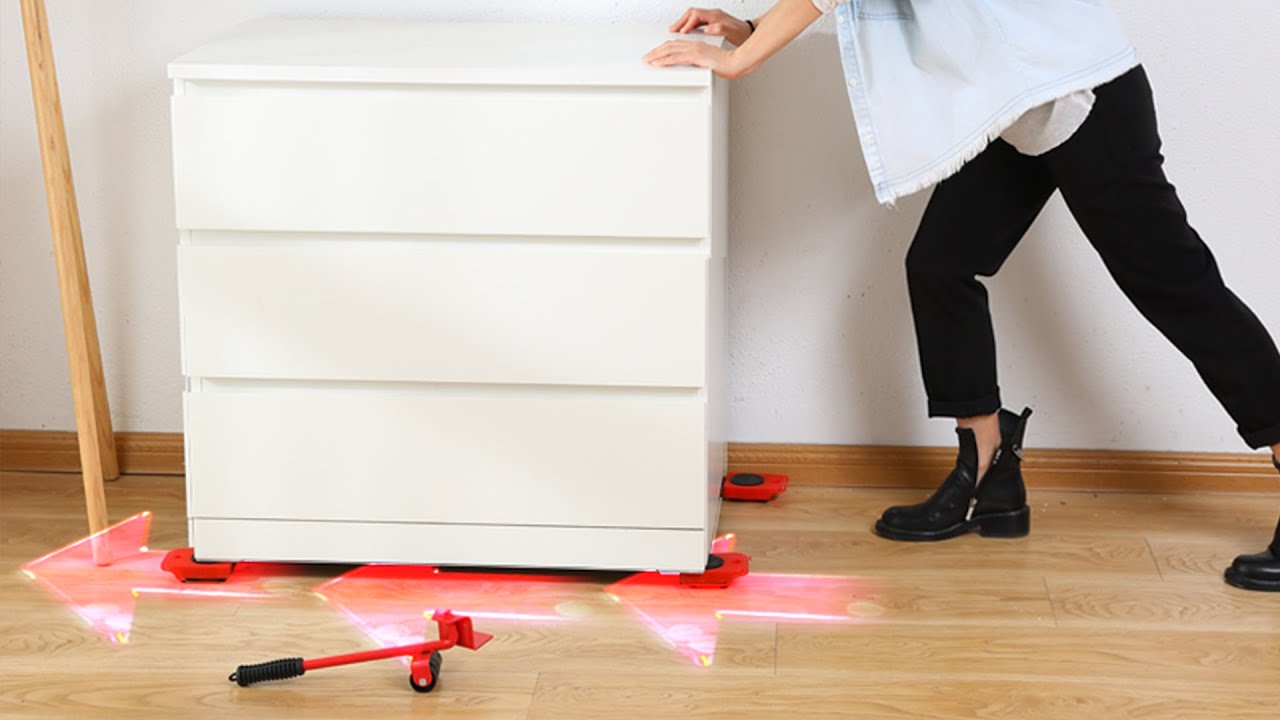
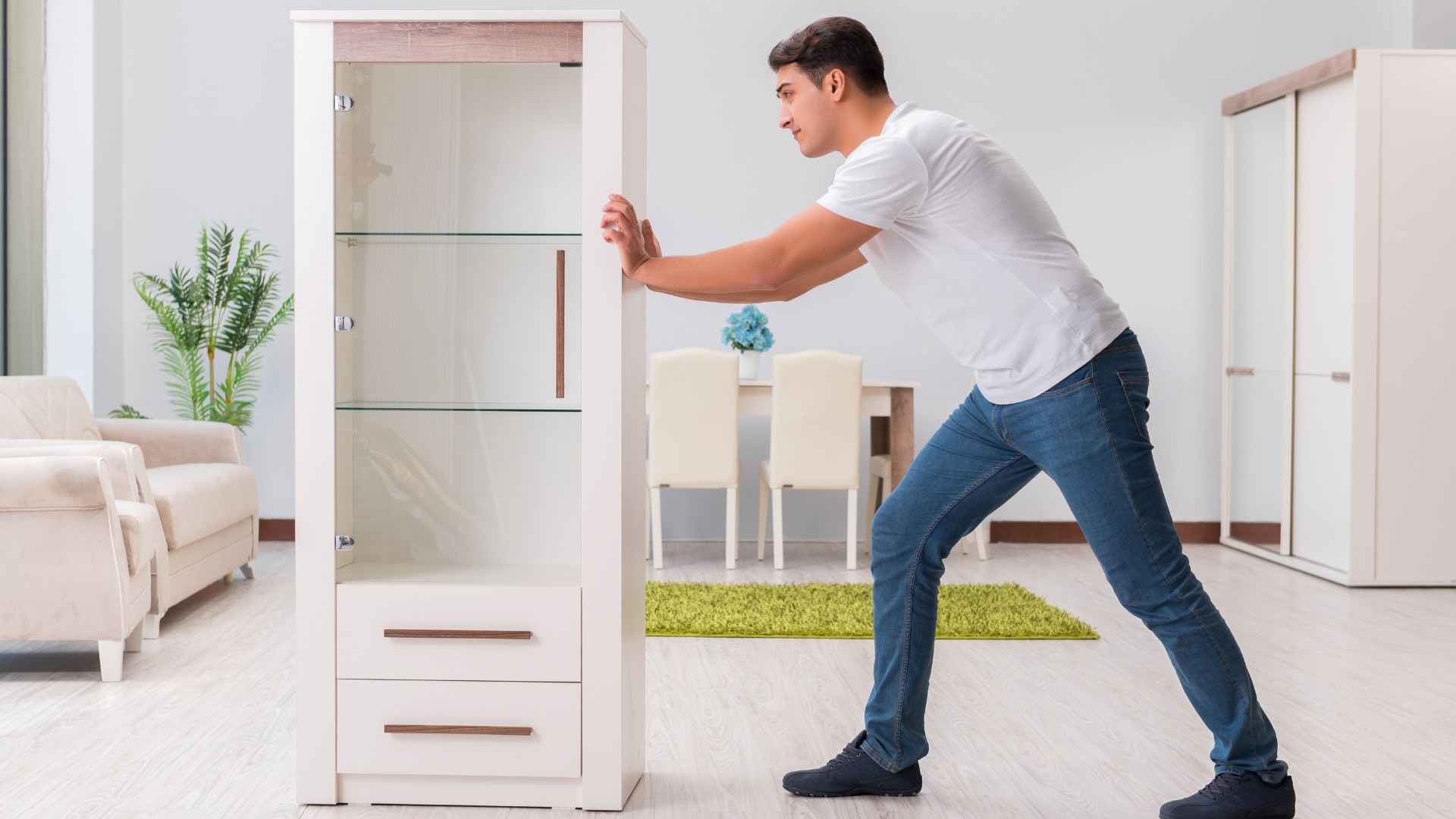
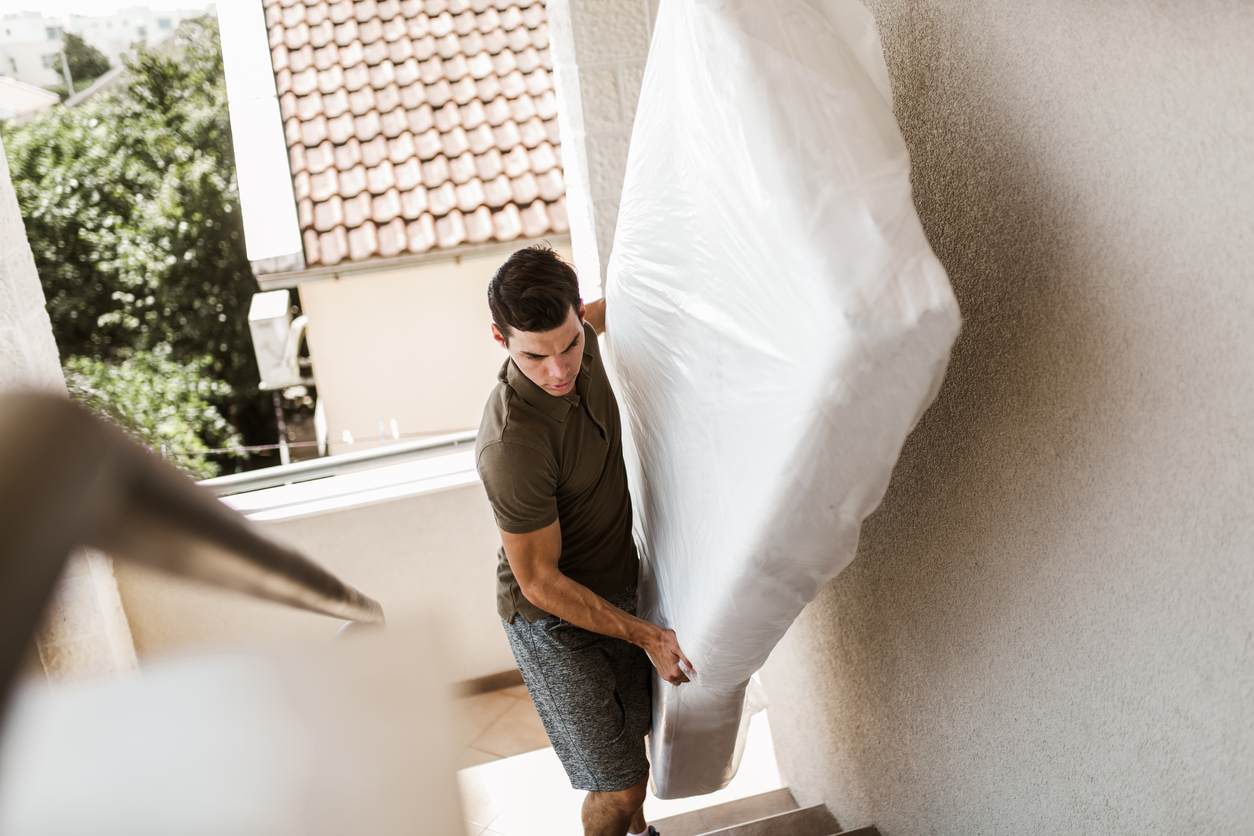
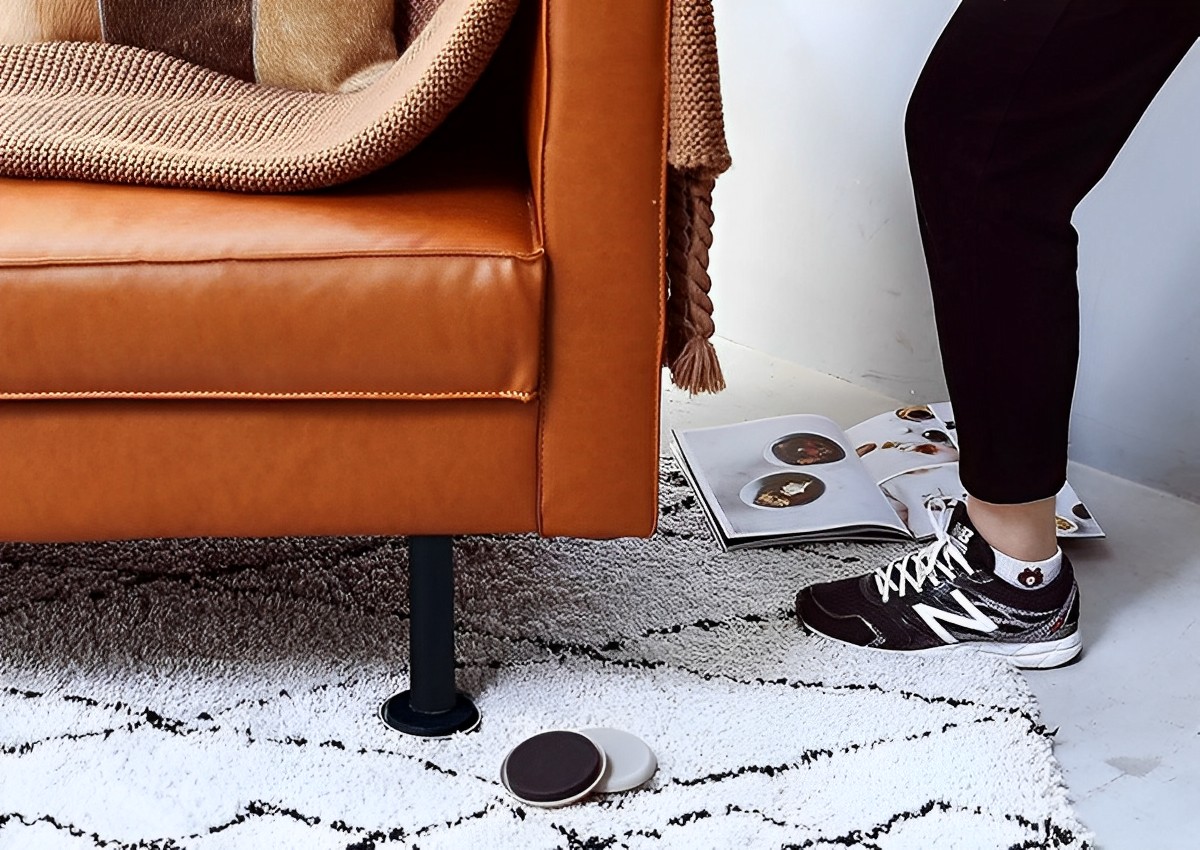

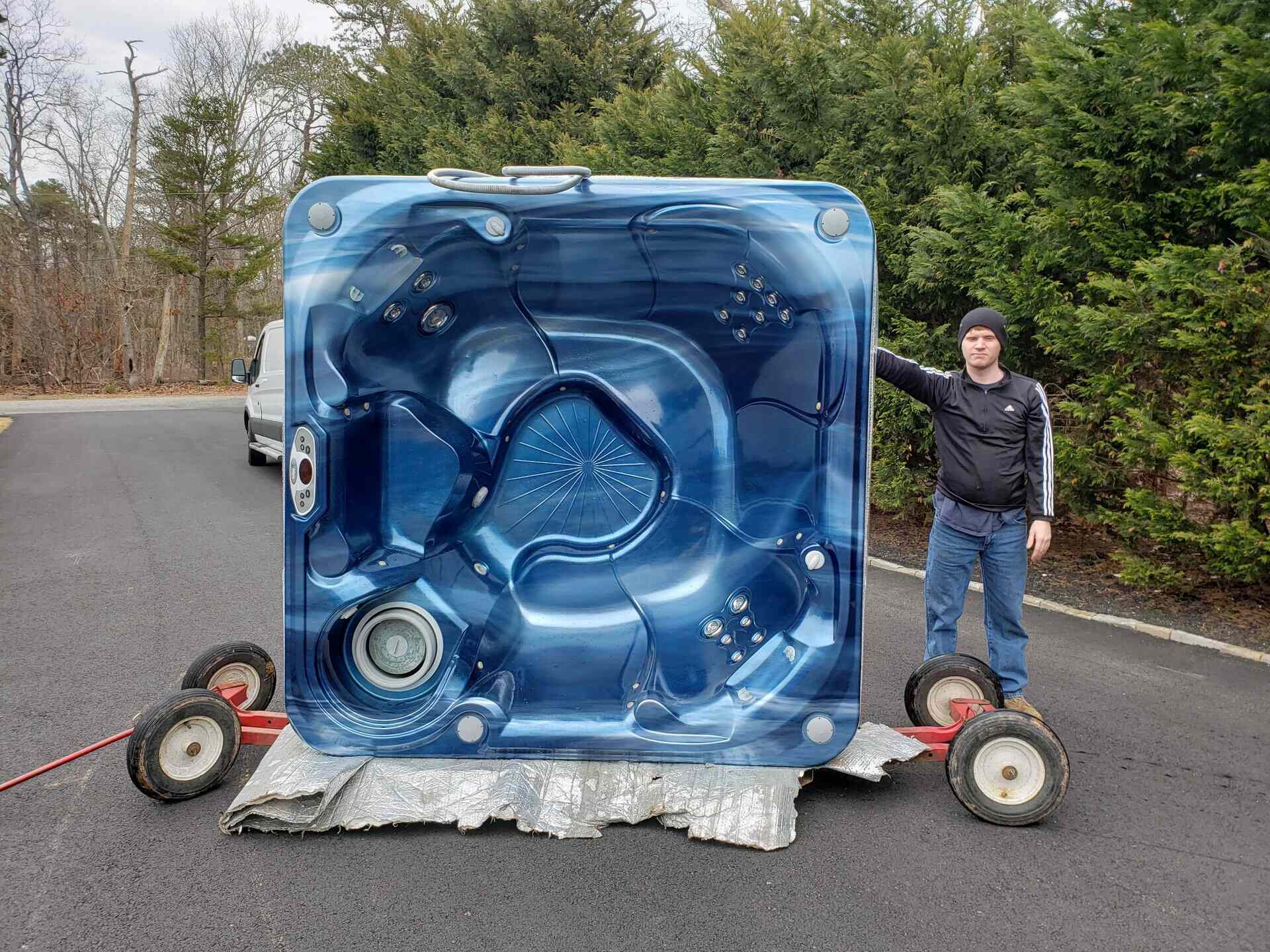

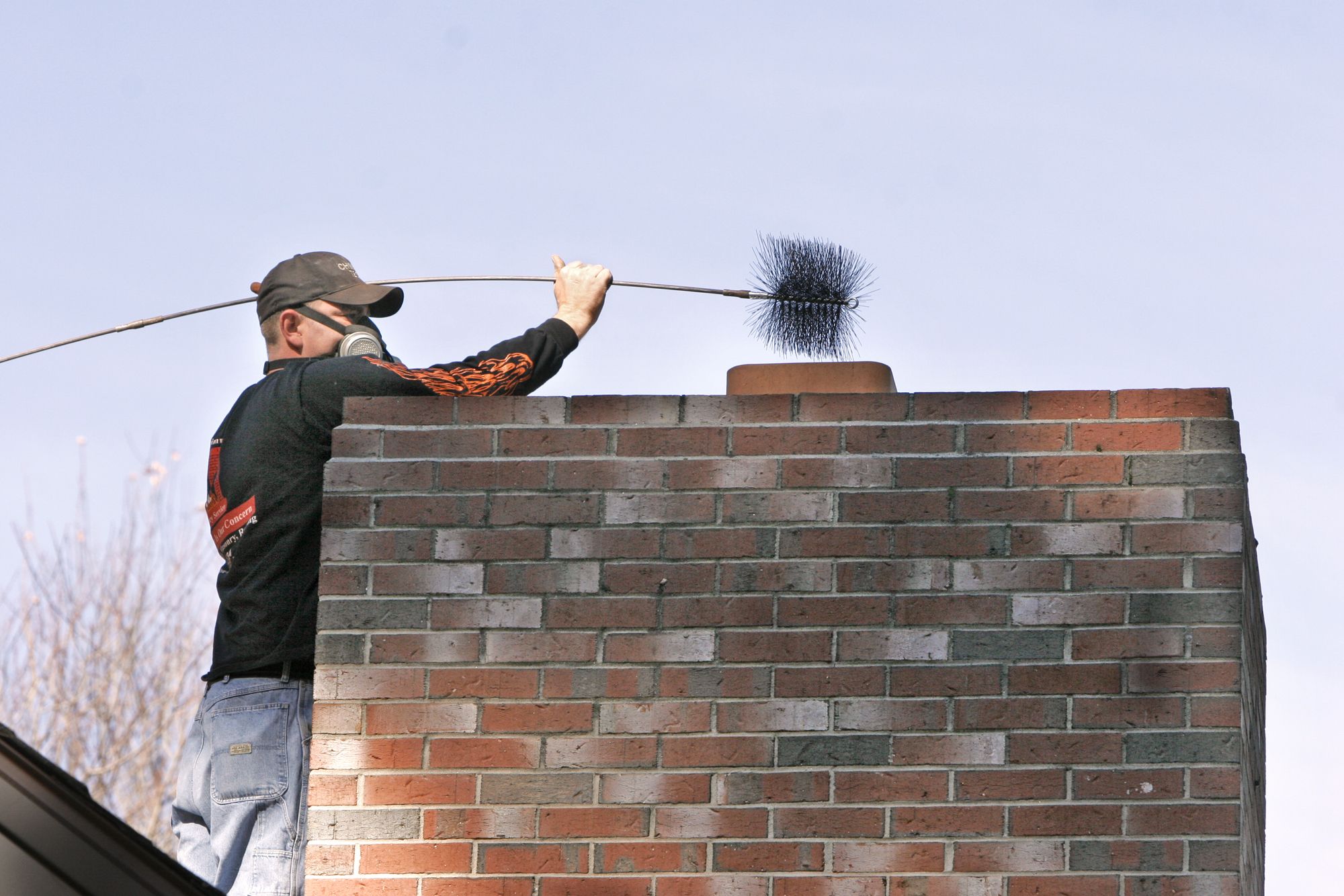
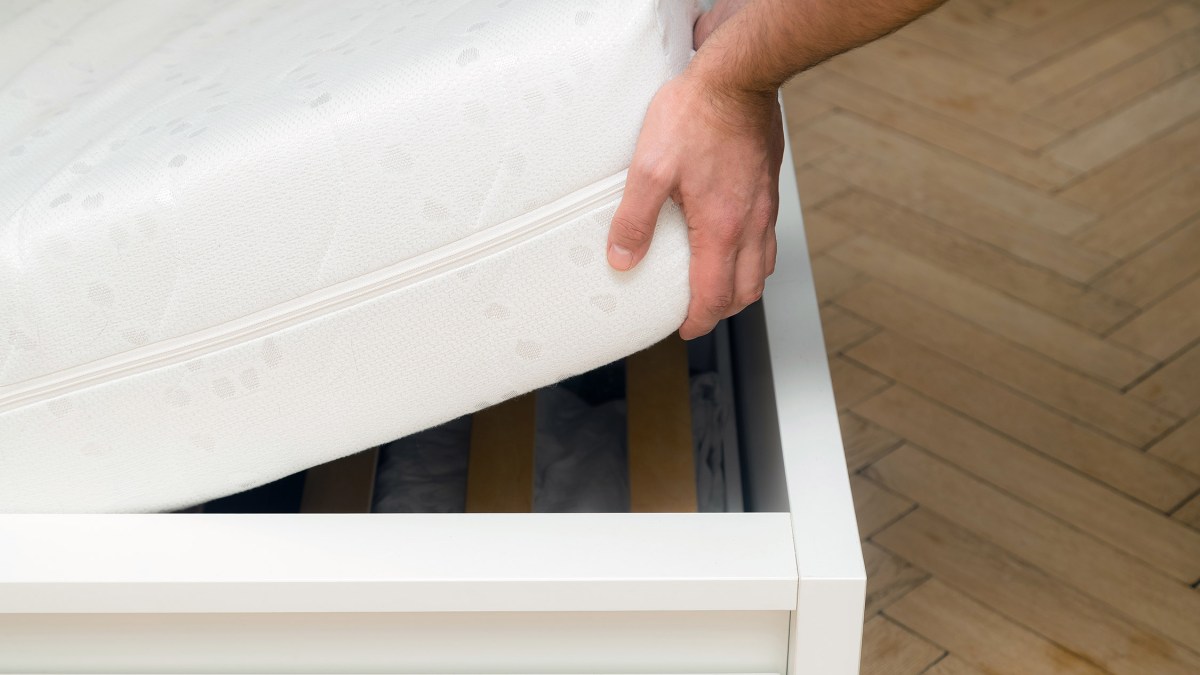
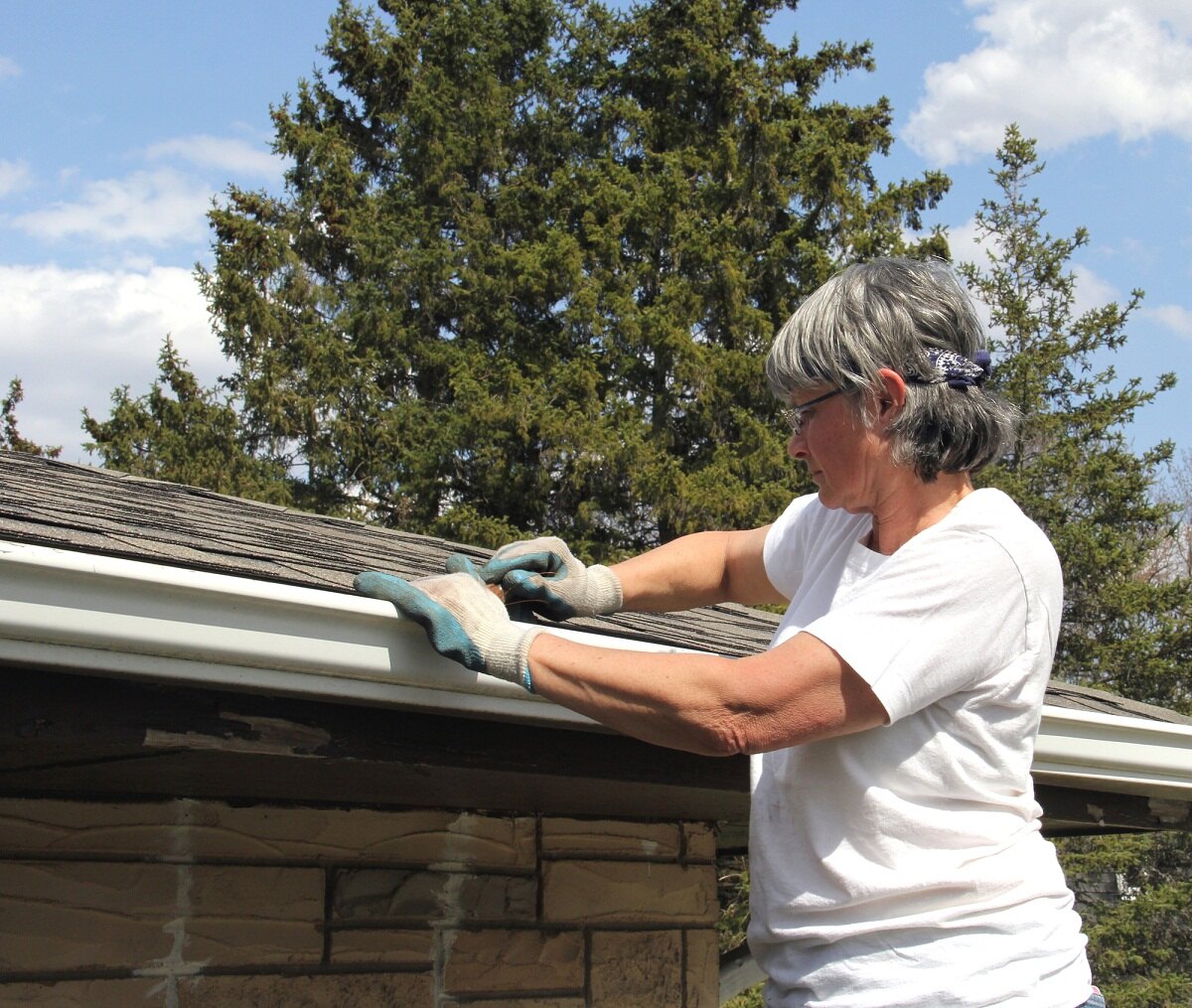
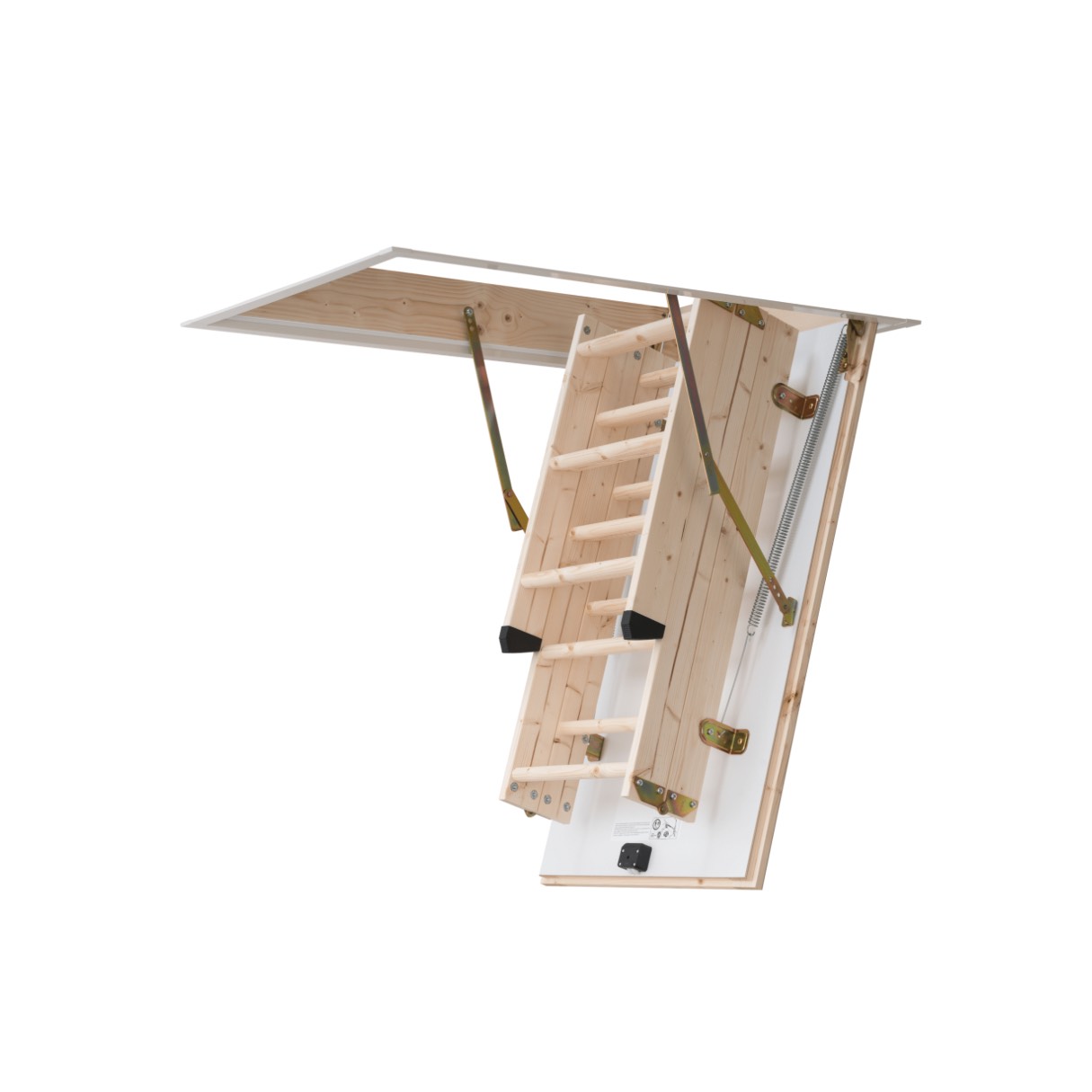

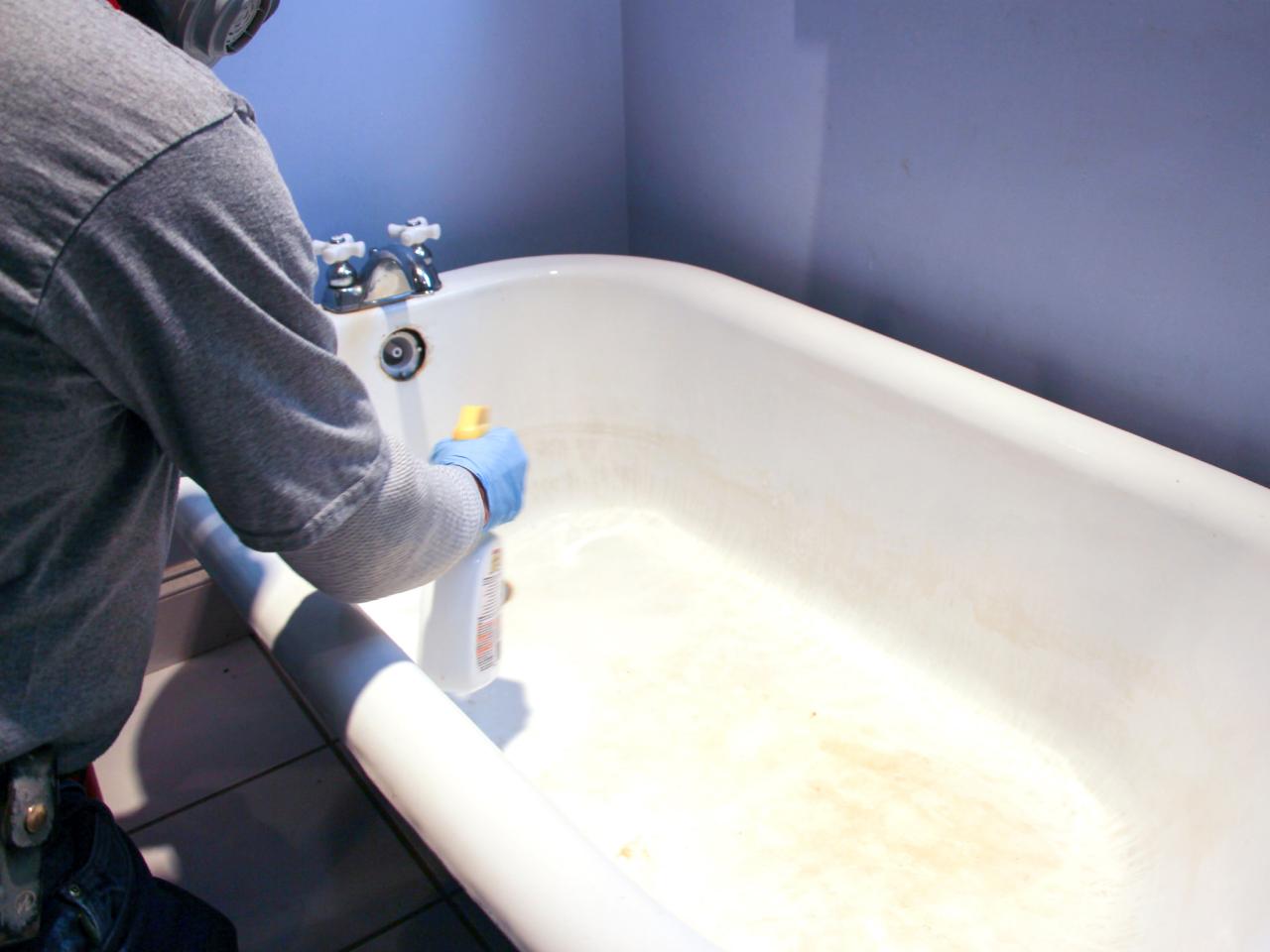


0 thoughts on “How To Move A Recliner By Yourself”